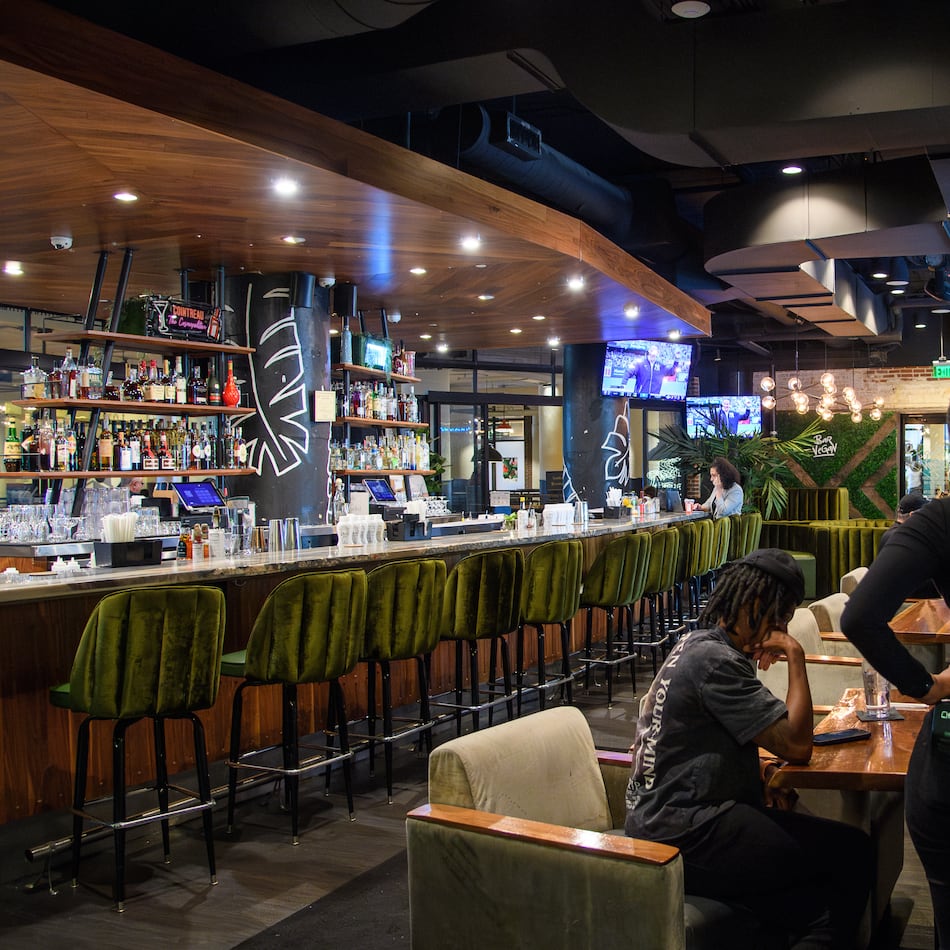Before 1970, America’s workplaces were very dangerous. American workers regularly suffered lacerations and lost limbs. Shipyard workers died of asbestosis. Coal miners suffocated from black lung disease. Chemical workers died of leukemia, lymphoma, and bladder cancer caused by benzene, formaldehyde and toxic dyes. Smelter workers and telecommunications technicians suffered lead poisoning with hypertension, heart disease and kidney failure.
All that changed in 1970 when Congress passed the Occupational Safety and Health Act and created the National Institute for Occupational Safety and Health.
NIOSH is a small agency dedicated to science. It is staffed by physicians, nurses, epidemiologists, industrial hygienists and laboratory researchers. It is not about politics. It does not do regulations. Since 1973, it has been a component of the Centers for Disease Control and Prevention.
NIOSH’s mission is to protect the health and safety of America’s workers. In this work, it has been a smashing success. In the years since NIOSH’s founding, occupational deaths in the United States have fallen from 14,000 per year in 1970 to 5,500 in 2023 while the number of American workers had grown. Occupational diseases and injuries have fallen even more sharply. NIOSH has made tens of thousands of workers healthy.
NIOSH oversees the programs that test and certify respirators, studies coal dust and mining injuries, protects nurses from dangerous infections, and supports medical programs for the police officers, firefighters and paramedics who were the first responders to the terrorist attacks on Sept. 11, 2001.
NIOSH runs the National Firefighter Registry (NFR) for Cancer, the largest effort ever undertaken to understand and reduce risk of cancer among U.S. firefighters.
NIOSH’s Health Hazard Evaluations (HHE) Program provides a no-cost service for employers, unions, and workers to help them learn whether health hazards are present at their workplace and recommends ways to reduce hazards and prevent illness.
For 20 years, NIOSH has partnered with the Center for Construction Research and Training in research on construction health and safety.
NIOSH has punched far above its weight. It has done its work on a budget of less than $2 per year per worker, making it one of the nation’s most cost-effective and efficient agencies in all of government. It has become the top occupational health and safety research center on the planet. It is an American icon emulated worldwide.
Thanks to NIOSH, an American worker is far more likely today than in 1970 to come home from work at the end of each day healthy, intact and alive.
All that ended a week ago.
On April 2, the Trump administration eviscerated NIOSH. In a single afternoon, it undid the work of 55 years, firing 80% of NIOSH staff and placing the director on administrative leave.
Long-running clinical and epidemiological studies of workers’ health had to abandoned. The very continued existence of the data for these studies is in question. Laboratory animals had to be euthanized in mid-experiment before data could be collected. Research on safer respirators ceased. No longer will NIOSH doctors and nurses make house calls to ailing workplaces. No longer will NIOSH investigate deaths on the job.
The slashing of NIOSH is a slap in the face to the skilled and hardworking staffers in Atlanta, Cincinnati and Morgantown, West Virginia, who ran this small agency and dedicated their lives to protecting the citizens of this country.
Credit: contributed
Credit: contributed
But it is even worse for America’s workers. Who will now protect construction workers against falls and asbestos, safeguard miners from cave-ins, protect nurses from needlesticks, or ensure that chemical workers are not exposed to cancer-causing toxins. Who will protect our first responders?
In the first Trump administration, rollbacks of occupational and environmental safeguards led to an estimated 20,000 unnecessary deaths in 2019 alone, according to a report in the British medical journal The Lancet. How many will we see this time?
Will axing NIOSH make America healthy again? Not likely.
Kyle Steenland is a professor at Emory University, Rollins School of Public Health, Env. Health Dept. Steenland also worked at NIOSH from 1980-2002 as a epidemiologist.
Credit: TNS
Credit: TNS
About the Author
Keep Reading
The Latest
Featured




